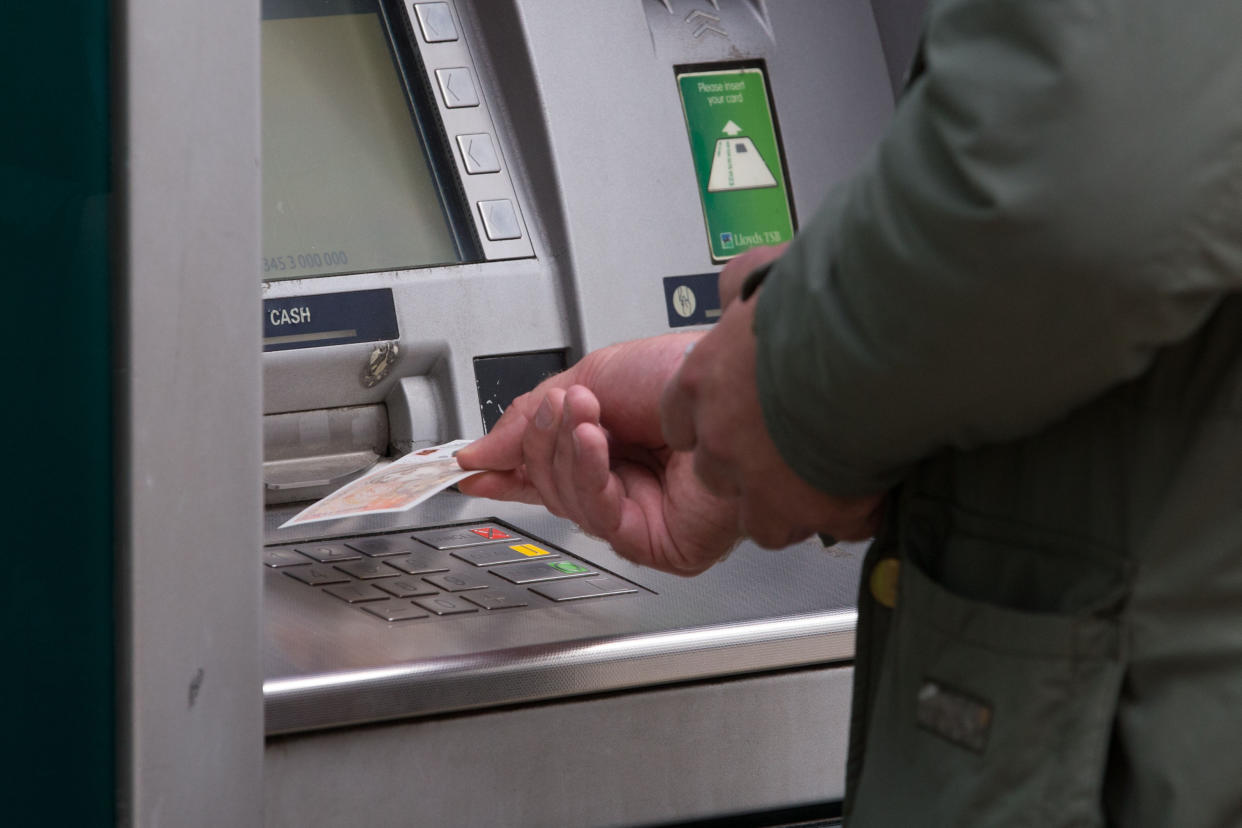Why your bank balance may drop today as overdraft rules change

Millions of UK bank customers could see changes to how their available balances appear on Wednesday, after new rules on overdrafts came into effect.
Regulators have ordered banks to stop including overdrafts in funds marked as ‘available’ for customers, to raise awareness overdrafts are a form of debt rather than customers’ own cash. Overdraft balances will be listed separately.
“Unfortunately too many people fall into the trap of believing that’s their money rather than a debt," said Christopher Woolard, a director at the Financial Conduct Authority (FCA).
He told BBC Radio 4’s Today programme: "What happens today is when you to go check your balance the bank should not show your overdraft as part of your available balance.”
READ MORE: Monzo and Satrling raise overdraft interest rates
The watchdog hopes the changes will stop consumers dipping into their overdraft by accident or confusion over their actual balance.
Some banks have already introduced the measures, which are part of a broader shakeup of overdrafts.
More controversial changes are set to come into effect next April, which prevent banks charging more for unarranged overdrafts than arranged ones.
Several banks have already changed their fees ahead of the new rules’ introduction, with new single interest rates that mean higher rates for many customers but lower costs for more vulnerable users.
Nationwide has introduced a 39.9% rate for all customers and other banks are expected to follow suit, sparking frustration from customers used to paying far less.
The FCA has said around half of Britain’s 52 million current account holders use either arranged or unarranged overdrafts, generating £2.4bn in revenue for banks in 2017.

